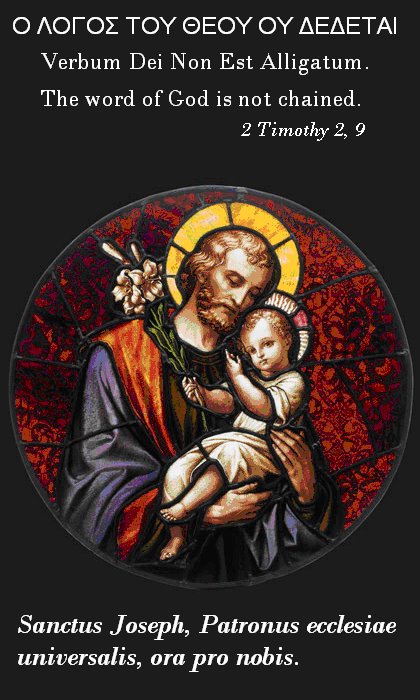I have great admiration and love for Eastern Orthodoxy: the beautiful, ancient liturgies of St. John Chrysostom and Saint Basil, the importance of monastic spirituality, icons, the strong Marian piety. These last two are combined in a meditation in one of the appendices of the book I talked about in my last blog entry, Beginning to Pray by the Russian Orthodox archbishop Anthony Bloom.
There are two basic types of icons of the Mother of God in the Orthodox Church. By far the most common is the one representing Mary with the infant Jesus in her arms, a picture of maternal tenderness, but also of contemplative awe and wonder at the Child Who is the Son of God, born for us, an offering to the Father for the remission of our sins. But there is a second type, where Mary is standing alone, her grief apparent less in her face than in her hands. They are 'hands of anguish', as Father Bloom calls them, placed in an anatomically impossible position in the example from the 17th century which he describes. Faintly visible behind her, in the distance on a hilltop, is a bare cross. The Mother, mourning, contemplates the loss of her only Son. Archbishop Bloom comments:
"When we turn to the Mother of God in prayer, we should realise more often than we do that any prayer we offer to the Mother of God means this: 'Mother, I have killed thy Son. If you forgive me, I can be forgiven. If you withhold forgiveness nothing can save me from damnation.' And it is amazing that the Mother of God, in all which is revealed in the Gospel, has made us understand, and made us bold to come to her with this very prayer, because there is nothing else we can say. ... We love her, we feel perhaps in her in a peculiar way we see the Word of God spoken by Paul who says,'My power is made manifest in weakness.' We can see this frail virgin of Israel, this frail girl, defeating sin in her, defeating hell, defeating everything by the power of God which is in her. And this is why at moments like persecutions, when indeed the power of God is made manifest in nothing but weakness, the Blessed Virgin stands out so miraculously, so powerfully in our eyes. If she could defeat earth and hell then we have in her a tower of strength and one who can intercede and save, and we mark the fact that in her there is no discrepancy with the will of God, that she is in perfect harmony with Him, by using a formula of prayer which we use only for God and for her, 'Save us'. We don't say 'Pray for us'."
Saturday, April 18, 2009
Subscribe to:
Post Comments (Atom)

In the quote you supply, the author mentions that we do not say pray for us, but rather Save us for God and for Mary. I understand he is Orthodox. How does this square with Catholic teaching? Do we not say "Pray for us" when referring to Mary as well as the saints?
ReplyDeleteYou're right, Phil, this is not the Catholic way of addressing Mary. Yet even we Catholics believe that there is something special about Mary, she is not just one saint among many. Her cooperation, her fiat, was essential for the Incarnation to come about at all. We regard her as Queen of Heaven and a powerful advocate with her Son, and as such it doesn't seem to me heretical to say, "Mary, save us".
ReplyDelete